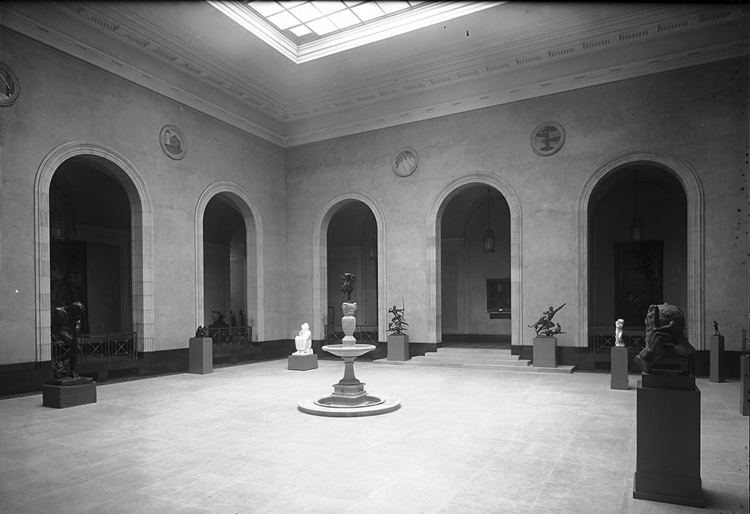Headquarters Toronto, Canada | Founder John A. Pearson | |
 | ||
Pearson and Darling was an architectural firm based in Toronto from 1897 through 1923, a key player in shaping the urban look of the city and the rest of Canada in the first half of the 20th century.
Contents
Formation
The firm was organized first as Darling, Curry, Sproatt, & Pearson in 1892, with partners Frank Darling, S. George Curry, Henry Sproatt, and John A. Pearson. From 1893 through 1896 it evolved into Darling, Sproatt & Pearson, then finally Pearson and Darling was founded as such in 1897.
Its heyday began with Darling's commissions from the Canadian Bank of Commerce in 1898, grand Beaux-Arts buildings in Toronto, Winnipeg, Montreal, and Vancouver, and dozens of smaller branches in smaller Canadian cities and towns. Darling's training with the English architect George Edmund Street in the early 1870s brought a serious, substantial, Victorian influence, well-suited to large civic and institutional projects in the years of the nation's development.
Their subsequent projects included the first tall steel-frame building in Canada (the Royal Tower in Winnipeg, 1904), the tallest building in Canada for three decades (the 1930 Canadian Bank of Commerce Building in Toronto), and the largest single building in the British Commonwealth (the Sun Life Building, Montreal, 1931).
Legacy
After the deaths of Frank Darling in 1923 and Pearson in 1940, the firm was renamed Darling, Pearson and Cleveland with Darling's nephew as a partner. The firm continued as Clark, Darling and Downey Architects Incorporated in 1977. The firm lives on now as Toronto-based Stanford Downey Architects Incorporated.
